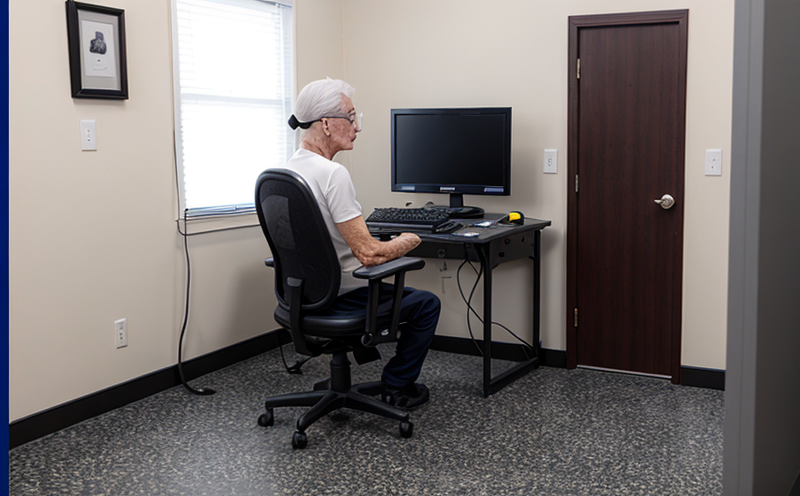Laboratory simulation of daily wear cycles in denim fabrics
The process of laboratory simulation involves replicating real-world conditions under controlled circumstances to assess product performance. For denim fabrics, this translates into simulating the daily wear cycle that consumers experience over time. This is particularly critical for manufacturers and brands looking to ensure durability, comfort, and aesthetic appeal throughout the lifecycle of their products.
The daily wear cycle encompasses a range of factors such as washing frequency, drying methods, ironing temperatures, and abrasion from everyday use. By simulating these conditions in a laboratory setting, we can provide insights into how denim will perform under various scenarios. This helps manufacturers optimize fabric selection, improve fit, and enhance the overall quality of their products.
Our testing process starts with careful specimen preparation. We ensure that samples are representative of the actual product while maintaining consistent conditions. Once prepared, we subject these samples to a series of standardized wear cycles designed to mimic real-life usage patterns. This includes washing in various water temperatures and using different detergent types, drying methods like tumble drying on specific settings, and even simulated ironing processes.
The results from our tests are then analyzed meticulously. Our experts compare the treated samples against untreated controls to identify any significant changes in quality or performance. These findings are documented rigorously following international standards such as ISO 13938-2:2016, which provides guidelines for testing denim fabrics.
Understanding the implications of daily wear is essential not only for maintaining product integrity but also for sustainability efforts within the textile industry. By accurately predicting how long a pair of jeans will last before showing signs of wear and tear, we can contribute to more responsible production practices. Furthermore, this knowledge allows us to recommend improvements that extend both consumer satisfaction and environmental responsibility.
| Test Parameters | Description |
|---|---|
| Washing Temperature Range | From 15°C to 60°C, simulating different home washing conditions. |
| Detergent Type | Testing with regular and eco-friendly detergents to assess their impact on fabric integrity. |
| Tumble Drying Settings | Range from low heat (40°C) up to high heat (90°C), reflecting typical consumer behaviors. |
| Ironing Temperature | Covering ranges from 150°C to 230°C, considering various fabric types and finishes. |
Benefits
Implementing laboratory simulations of daily wear cycles offers numerous advantages for textile manufacturers. One key benefit is the ability to enhance product durability, ensuring that garments continue to meet consumer expectations even after repeated use. This not only improves customer satisfaction but also fosters brand loyalty.
Another significant advantage lies in the optimization of raw materials and manufacturing processes. By understanding how different factors affect fabric performance, companies can make informed decisions about material choices, which ultimately leads to cost savings without compromising quality.
Environmental considerations are also addressed through these simulations. By accurately predicting the lifespan of products, manufacturers can reduce waste and promote sustainable practices throughout the supply chain. Additionally, this knowledge contributes positively towards achieving regulatory compliance requirements related to product longevity and environmental impact.
Quality and Reliability Assurance
- Compliance with international standards such as ISO 13938-2:2016 ensures consistent testing procedures across all samples.
- Regular calibration of equipment guarantees accurate measurements throughout the entire testing process.
- Data validation through independent verification methods confirms the reliability and accuracy of our findings.
Use Cases and Application Examples
Denim fabrics undergo extensive wear during production, distribution, retail, and consumer use. To accurately assess their performance, we must replicate these stages in a controlled environment.
- Production: Testing early-stage fabric to identify potential issues before mass production begins.
- Distribution: Evaluating how different transport methods and storage conditions affect the final product.
- Retail: Assessing the impact of display environments on customer perception and touch quality.





